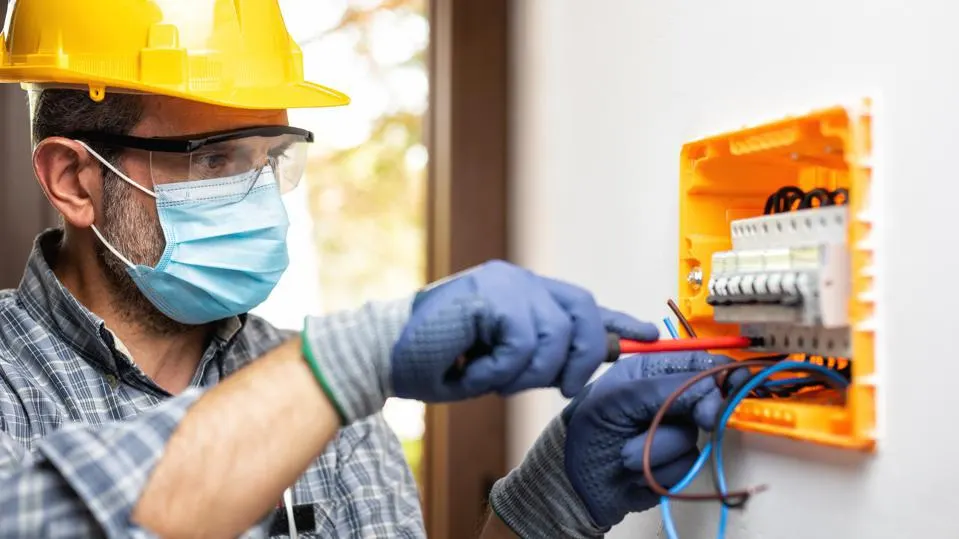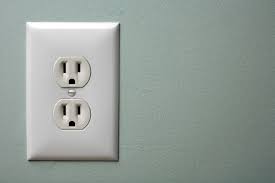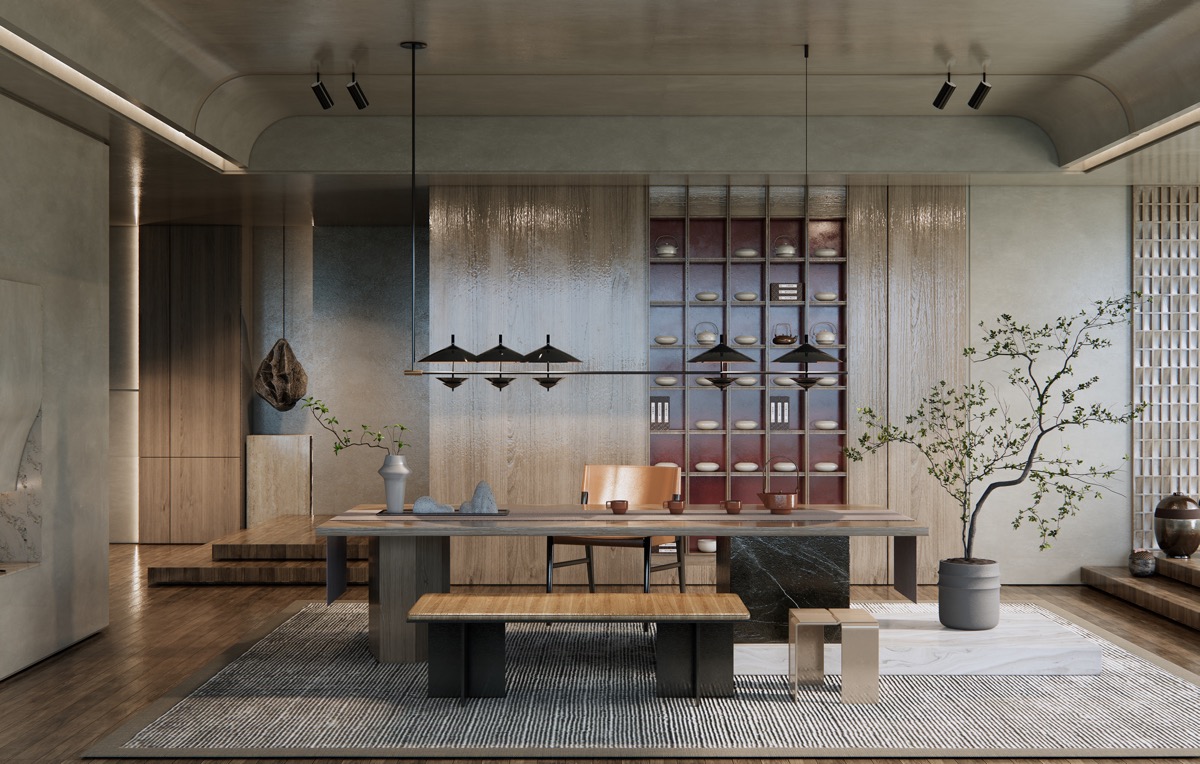How Kuala Lumpur’s Electricians Help Create the Perfect Tea Room Experience
Trying to find qualified electricians for a tea room project in Kuala Lumpur? Search no more! Our guide can help you locate the best electricians. A safe, comfy environment is guaranteed. Your visitors will be impressed!
Expert Electrical Installation
Hiring a local electrical service provider in KL are essential for creating the perfect tea room experience. They plan lighting fixtures and ensure proper electrical connections, contributing to the atmosphere.
Electrical installation needs expertise to understand the tea room’s requirements. Electricians work with interior designers to integrate systems into the design. They install lighting that provides the perfect brightness and color temperature, plus power outlets for customer convenience. Local electricians also stay updated with industry trends, such as smart lighting and energy-efficient solutions. Expert installation calls for attention to detail, concealing wiring and finding creative solutions. It’s an electrifying art, making ambience so good, even tea bags steep longer!
Lighting Design and Installation
KL’s top electricians understand how to create a perfect tea room experience. They select the right lighting fixtures and place them strategically. They also consider dimming options, color temperatures, and energy-efficient LED lighting. Plus, they pay attention to details that make the tea room unique. This includes task and ambient lighting.
So, when visiting a tea room in Kuala Lumpur, appreciate the electricians’ passion for excellence! It transforms a mundane space into an enchanting haven. And, don’t forget about the power outlet placement – these experts know how to electrify your tea room without shocking your guests!
Power Outlet Placement
Power outlets are essential for a great tea room experience. They provide convenience and access for customers to charge their devices. Strategic locations, wall-mounted outlets, tabletop outlets, dedicated charging stations, and aesthetic considerations are all key components of proper power outlet placement. Plus, safety measures such as surge protectors reduce the risk of electrical accidents.
To add to the versatility, USB ports can be installed alongside traditional power outlets. Kuala Lumpur’s electricians are revolutionizing tea rooms with efficient energy practices, offering customers a comfortable and convenient environment.
Energy Efficiency Solutions
Energy Efficiency Solutions are key for optimizing energy consumption and cutting down on electricity costs. Implementing these solutions can have a big impact on creating a sustainable and eco-friendly tea room environment. Strategies and technologies that reduce energy wastage and promote efficient energy use make up these solutions.
LED Lighting is one of these solutions. LED lights are highly efficient and durable, thus reducing energy usage. Smart thermostats also play an important role. They control the temperature, maximizing comfort while minimizing energy usage. Additionally, insulation of walls and windows helps maintain an indoor temperature without excessive heating or cooling.
Motion sensors in the tea room help save electricity by not lighting up when no one is present. This feature creates a more ambient environment for tea lovers. Natural daylight from windows and skylights reduces reliance on artificial lighting during the day.
High-performance appliances with an Energy Star Rating are essential for optimizing energy efficiency. They use less power while performing the same functions. Regular maintenance of electrical systems also ensures optimal functioning and prevents energy-related issues.
Emergency Electrical Services
In times of electrical emergencies, reliable and efficient emergency electrical services are a must. They play an important role in protecting people and property from potential threats. Expert electricians specialize in emergency services, tackling electrical issues like power outages, faulty wiring, and malfunctions.
These electricians know all safety protocols and regulations, so that repairs and installations meet industry standards. They also have well-stocked vans and state-of-the-art tools, allowing them to handle electrical problems on-site. This means no delays in service delivery and more convenience for customers.
On top of technical skills, emergency electricians offer excellent customer service. They understand how stressful emergencies can be and strive to provide reassurance and support. They communicate clearly about the issue and its resolution, creating a professional yet comforting atmosphere.
In conclusion, emergency electrical services are essential for addressing unexpected issues while keeping safety first. With their expertise, prompt response time, commitment to regulations, and dedication to customer satisfaction, these electricians make a big difference in maintaining a secure environment in times of emergency.
Outdoor Lighting and Landscape Design
Outdoor lighting and landscape design play a key role in improving the ambiance of any space, like tea rooms. Kuala Lumpur’s electricians plan the lighting and design to make the perfect tea-room experience.
Let’s take a peek at elements that contribute to this lovely ambiance:
| Element | Description |
| Ambient Lighting | Soft, warm lights strategically create a cozy feel. |
| Task Lighting | Focused lights used for reading menus or brewing tea. |
| Accent Lighting | Spotlights draw attention to artwork or displays. |
| Landscape Integration | Plants, trees, and water features blend with the lighting, to evoke peace. |
Furthermore, safety must be considered when designing outdoor tea rooms. Adequate illumination on pathways, staircases, and entryways will keep visitors safe. Electricians are also mindful of energy efficiency and use LED technology for outdoor fixtures.
Forget the spark – KL’s electricians will get your tea room wired and ready!
Electrical Inspections and Maintenance
Electricians in Kuala Lumpur are the perfect team to guarantee a cozy ambiance in tea rooms. They inspect wiring, switches, and outlets to identify any potential hazards. They also maintain electrical systems, servicing equipment to ensure optimal performance.
They go the extra mile to enhance the overall experience. They offer expert advice on lighting solutions to create the perfect balance between functionality and appeal. With their help, tea rooms can create an unforgettable experience for customers.
Customized Electrical Solutions
Customized electrical solutions are the key to creating the perfect tea room experience in Kuala Lumpur. Solutions are tailored to meet unique needs. Whether it’s lighting, power outlets, or security systems, electricians provide services for a seamless experience.
- Ambient Lighting – Lighting techniques create a calming atmosphere.
- Power Outlets – Strategically installed for convenience.
- Safety Systems – Electricians implement CCTV and alarms.
- Energy Efficiency – Advice on optimizing energy consumption.
In addition to these services, electricians specialize in home automation for tea rooms. This includes voice commands and apps for lighting and audio systems.
Customized electrical solutions are essential to a great tea room experience. Electricians pay attention to details like lighting and power outlet placement. They deliver solutions that enhance the overall experience for locals and tourists. Kuala Lumpur’s top electricians really know how to shock your taste buds with an electrifying tea room experience.
Conclusion
Creating the perfect tea room experience is not easy. But with Kuala Lumpur’s top electricians, it’s a reality. They are crucial in getting every part just right.
Installing the right lighting, wiring tea-making equipment – they know the importance of creating an atmosphere that relaxes and rejuvenates.
Kuala Lumpur’s electricians design efficient electrical layouts. Carefully assessing the space and placing outlets, switches and components – every corner is well-lit and accessible.
Smart technology is another area they excel in. Automated lighting, temperature control – this elevates the tea room experience and contributes to sustainability.
They work with architects and interior designers too. Concealed wiring, tasteful overhead lights – no detail is overlooked.
These electricians are known for their professionalism and reliability. Adhering to standards and regulations, they get the job done on time and to a high standard. Every tea room they contribute to is better for it.
…
Read More


